Stardeck
5-Suited Playing Cards
Stardeck is a 5-suited deck of playing cards. The Suit of Stars brings 13 new cards to the traditional deck of 52 cards and brings the total to 65 cards.
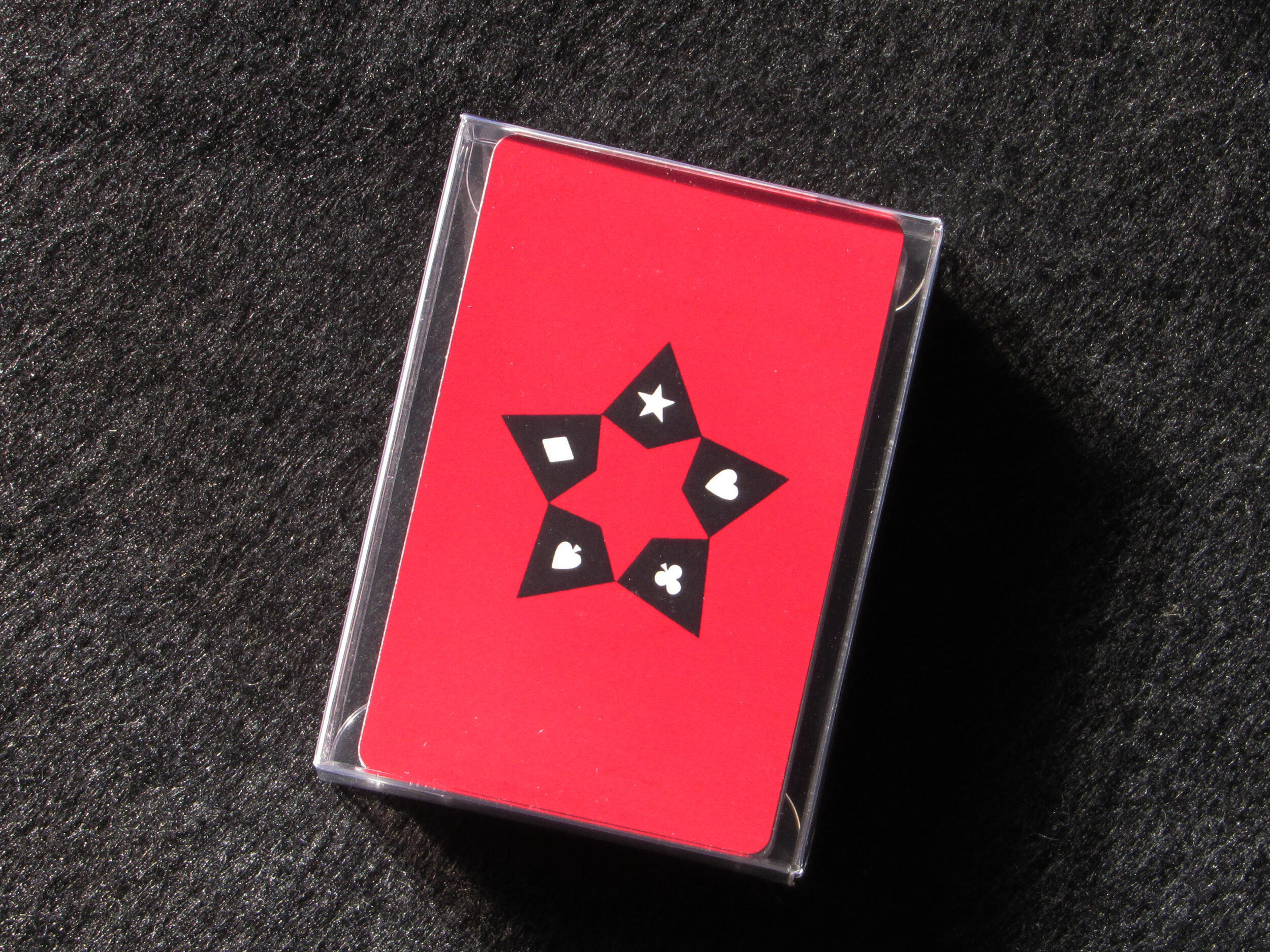
In poker games, Stardeck allows for 8 players to play in one hand rather than just 7 players. Players can deal longer without having to shuffle. Players can get better hands, such as the Five-of-a-Kind. The fifth suit also allows for interesting Bridge, Spades, Hearts and Solitaire games.
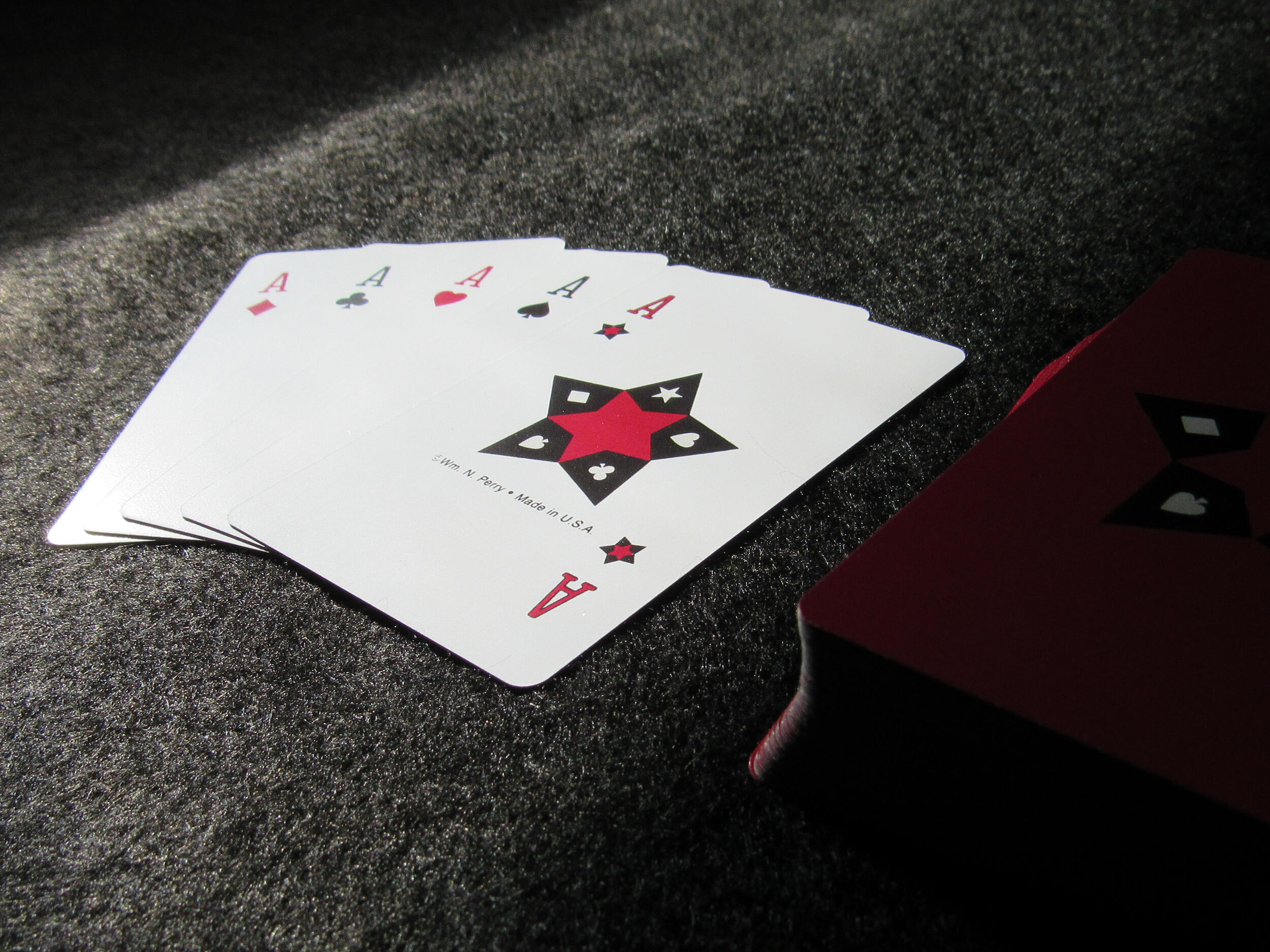
Cards
Stardeck is a 5-suited deck of playing cards. The Suit of Stars brings 13 new cards to the traditional deck of 52 cards and brings the total to 65 cards. Stardeck Playing Cards are a standard bridge size (2.25 in. x 3.5 in.) which allows for easier playability due to the increase in the number of cards when compared to a standard deck of 52 cards.
The 65 standard cards and 2 joker cards are as follows:
2023–Present
| Number of Cards: | 67 (65 standard and 2 jokers) |
| Size: | Standard bridge size (2.25 in. x 3.5 in.) |
| Material | 12pt 320gsm black-core matte card stock |
| Finish Surface: | Matte |
| Back: | Red background with Stardeck logo |
| Packaging: | Single deck in plastic tuck box |
| Printer: | The Game Crafter |
| Production: | Made in USA |
1988–2018
| Number of Cards: | 67 (65 standard and 2 jokers) |
| Size: | Standard bridge size (2.25 in. x 3.5 in.) |
| Material | Paper |
| Finish Surface: | Slick |
| Back: | Red background with Stardeck logo |
| Packaging: | Single deck or double deck in plastic box |
| Printer: | Chicago Playing Card Company |
| Production: | Made in USA |
Games
5-Suited Poker
5-Suited Cribbage
5-Suited Klondike Solitaire
5-Suited Spades
5-Suited Hearts
5-Suited Red Dog
5-Suited Euchre
5-Suited Generals and Majors
5-Suited Rummy
5-Suited 500
5-Suited Oh Hell!
5-Suited Pai Gow
5-Suited Pinochle
5-Suited Hucklebuck
Poker
Stardeck allows 8 players to play in one hand rather than just 7. Players can deal deal longer without having to shuffle. For poker games, players can choose to utilize the additional SUPER Hands or can choose to follow the regular rules. The SUPER Hands presents new hand probabilities and adds an interesting dimension to poker games.
5-Suited Poker Hand Descriptions
| Hand | Description |
|---|---|
| 5-of-a-Kind | The same card from each of the 5 suits |
| Straight Flush | Five cards in numerical order, all of the same suit |
| SUPER 4-of-a-Kind | Four cards of the same numerical rank, consisting of one card from each suit |
| SUPER Straight | Five cards in numerical order, consisting of one card from each suit |
| SUPER Full House | Three of the same numerical rank, and two of the same numerical rank, represented by one card from each suit. |
| 4-of-a-Kind | Four cards of the same numerical rank and another random card |
| Flush | Five cards of the same suit, regardless of their numerical rank |
| Full House | Three of the same numerical rank, and two of the same numerical rank |
| SUPER 3-of-a-Kind | Three cards of the same numerical rank, consisting of one card from each suit |
| SUPER 2 Pair | Two sets of pairs consisting of one card from each suit |
| Straight | Five cards in numerical order, regardless of their suits |
| 3-of-a-Kind | Three cards of the same numerical rank |
| SUPER Runt | One card from each suit |
| SUPER Pair | One pair consisting of one card from each suit |
| Two Pair | Two sets of pairs |
| One Pair | One pair |
| Runt | No pair; highest-valued card |
5-Suited 5-Card Stud Poker with SUPER Hands
| # | Hand | ||
|---|---|---|---|
| 1 | 5-of-a-Kind | 13 | 0.00016% |
| 2 | Straight Flush | 50 | 0.00061% |
| 3 | SUPER 4-of-a-Kind | 780 | 0.00944% |
| 4 | SUPER Straight | 1,200 | 0.01453% |
| 5 | SUPER Full House | 1,560 | 0.01889% |
| 6 | 4-of-a-Kind | 3,120 | 0.03777% |
| 7 | Flush* | 6,385 | 0.07730% |
| 8 | Full House* | 14,040 | 0.16998% |
| 9 | SUPER 3-of-a-Kind | 17,160 | 0.20775% |
| 10 | SUPER 2 Pair | 25,740 | 0.31163% |
| 11 | Straight | 30,000 | 0.36320% |
| 12 | 3-of-a-Kind | 197,340 | 2.38914% |
| 13 | SUPER† (Runt > Pair) | 324,840 | 3.93274% |
| 14 | 2 Pair | 403,260 | 4.88215% |
| 15 | 1 Pair | 3,403,400 | 41.20395% |
| 16 | Runt | 3,831,000 | 46.38077% |
* = Flush beats Full House
† = A SUPER Runt (No Pair) beats a SUPER Pair. A SUPER Pair can be made 171,600 ways and a SUPER Runt only 153,240 ways.
5-Suited 5-Card Stud Poker without SUPER Hands
| # | Hand | Count | Probability |
|---|---|---|---|
| 1 | 5-of-a-Kind | 13 | 0.00016% |
| 2 | Straight Flush | 50 | 0.00061% |
| 3 | 4-of-a-Kind | 3,120 | 0.03777% |
| 4 | Flush* | 6,385 | 0.07730% |
| 5 | Full House* | 14,040 | 0.16998% |
| 6 | Straight | 30,000 | 0.36320% |
| 7 | 3-of-a-Kind | 197,340 | 2.38914% |
| 8 | 2 Pair | 403,260 | 4.88215% |
| 9 | 1 Pair | 3,403,400 | 41.20395% |
| 10 | Runt | 3,831,000 | 46.38077% |
* = Flush beats Full House
4-Suited 5-Card Stud Poker
| # | Hand | Count | Probability |
|---|---|---|---|
| 1 | Straight Flush | 36 | 0.0014% |
| 2 | 4-of-a-Kind | 624 | 0.0240% |
| 3 | Full House | 3,744 | 0.1441% |
| 4 | Flush | 5,108 | 0.1965% |
| 5 | Straight | 10,200 | 0.3925% |
| 6 | 3-of-a-Kind | 54,912 | 2.1128% |
| 7 | 2 Pair | 123,552 | 4.7539% |
| 8 | 1 Pair | 1,098,240 | 42.2570% |
| 9 | Runt | 1,302,540 | 50.1178% |
5-Suited Cribbage
5 of a kind scores 20: ( 2*5!/2!(5-2)! .Five 5s scores 40: 2*( 5!/2!(5-2)! + 5!/3!(5-3)! ).Super Hands (one card from each suit) adds 5 points (one point per card which is the same as a Flush).This, by the way, would add 5 points to five-of-a-kind, so the top score would be 45 with Super Five-of-a-kind of 5s.
5-Suited Klondike Solitaire
The rules are the same as standard Klondike Solitaire, except that Stars are considered to be the opposite color of any suit except itself. In other words, cards from the Suit of Stars are both red and black and can be played on any of the other four regular suits, but not on another Star.Cards may be played as follows, so long as the play is otherwise legal:
A Spade can be played on a Heart, Diamond or Star.
A Heart can be played on a Spade, Club or Star.
A Club can be played on a Heart, Diamond or Star.
A Diamond can be played on a Spade, Club or Star.
A Star can be played on a Spade, Heart, Club or Diamond.
Turn up cards from the top of the stock one by one. The stock may be run through only once.Variant: Go through the stock by threes without limit.
5-Suited Spades
Deal sixteen cards to each player, leaving the extra three in the center to be picked up by the player holding the low club.The minimum team bid is five, the blind bid is now Blind Seven.Two cards are exchanged if one player goes naught, four for double naught, and, of course, the player who picked up three cards drops three.The minimum team bid for a score to be doubled is twelve instead of ten.Optional rule: Stars are Sub-TrumpTreat stars as a trump suit, but less powerful than spades. To be explicit: If no spade is played on a trick the highest star played wins, otherwise the highest card played of the suit led wins.Note that stars and spades are separate suits. Leading the Ace of Stars will win a trick unless someone is void and plays a spade, and leading a spade doesn’t compel a spade-less player to play a star.
Hearts
The object of the game is to avoid taking points. The rules for Stardeck Hearts are the same as standard Hearts, except that the Stars suit is Trump. At the start of play, all cards are dealt out, according to the number of players, as follows:
3 players – Each player is dealt 21 cards, with 2 cards remaining undealt.
4 players – Each player is dealt 16 cards, with 1 card remaining undealt.
5 players – Each player is dealt 13 cards, with no cards remaining undealt.
6 players – Each player is dealt 10 cards, with 5 cards remaining undealt.
After dealing, if there are any undealt cards remaining, the Dealer has the option of discarding an equal number of non-point cards (any card except Hearts or the Queen of Spades) and taking the undealt cards. If the Dealer passes, the next player is given the same choice, until a player chooses to make the exchange or everyone passes back to the dealer again. If all players pass, then the Dealer must make the exchange. No one may look at the undealt cards before the exchange, and the cards which are discarded are put aside face-down, and may not be looked at by any player. At this point, play proceeds the same as with standard Hearts, with the following exceptions:
If a player has no cards of the suit led, and plays a card of the Stars suit, that card will take the trick.
If more than one Stars card is played on the same trick, the highest Stars will take the trick.Play continues until all tricks have been taken.
Scoring is the same as for standard Hearts:
Each Heart is worth 1 point.
The Queen of Spades is worth 13 points.
Variations
No Exchange – Instead of exchanging the undealt cards, you can choose instead to remove excess cards before the deal, as follows:
3 players – Remove the Two of Clubs and Two of Diamonds before dealing. The Three of Clubs leads the first hand.
4 players – Remove the Two of Clubs before dealing. The Three of Clubs leads the first hand.
5 players – No cards are removed before dealing. The Two of Clubs leads the first hand.
6 players – Remove the Two from each suit (Clubs, Diamond, Spades, Hearts and Trump) before dealing. The Three of Clubs leads the first hand, and the Ace of Hearts is worth 2 points.
Anti-Trump. When playing with 3 or 6 players, you can include a Joker, instead of exchanging undealt cards or removing cards. The Joker is played as an Anti-Trump card, with the following properties:
The Joker never takes a trick, under any circumstances.
The Joker is considered to have no suit, and can thus be played only when the player has no cards of the suit led.
The Joker can not be led, unless the player has no other cards. If this happens, the next player can play any card which could be legally led, and that card determines the suit of the trick.
The Joker has no point value.
Blind Trick. Instead of exchanging cards or removing cards, the undealt cards can be placed face-down on the table, and are taken as part of the first trick.
Thank you to C. Scott Davis.
5-Suited Red Dog
Red Dog or Acey-Deucey
High red hand wins half
Low black hand wins other half
Go both ways with the star suit (either red or black)
5-Suited Euchre
With the star suit, 30 are cards are used instead of 24 (no 7s & 8s).So, instead of 5 cards per person, and having to take 3 out of 5 tricks, it is 7 cards per person, and you needed to take 4 out of 7.If the star suit is trump, there is no other bauer Jack (only 6 trump cards). If any other suit is trump, the Jack of Stars is considered “3rd bauer” (so, 8 trump cards).
5-Suited Generals and Majors
Generals and Majors is a combat card game for two players.The object of the game is to deploy at least 20 ‘armies’ in excess of your opponent’s.
RulesThere are two types of cards in Generals and Majors. The numbered cards (2-10) of each colour are ‘armies’ and the court cards (J,Q,K,A) are ‘commanders’.
The commander cards provide ‘command points’ for armies of the same colour. Aces provide two command points, and the other commanders (J,Q,K) provide one point.At the start of play, each player is dealt seven cards, and the remaining cards are placed to one side as a ‘draw’ stack.
If either player receives no commanders (J,Q,K,A), they may discard their hand and draw seven new cards.The player who didn’t deal, plays first.Each player’s turn proceeds, as follows:
Draw one card.
Optionally deploy one commander.
Optionally deploy any number of armies, up to the total number of command points available of the colour of the armies being deployed.
If player has more than seven cards, discard down to exactly seven cards.
A player may only deploy one commander per turn, but they are not required to do so.Players may play any number of armies, of either or both colours, so long as the total numeric value of the armies of each colour are no higher than the number of command points available in that colour.Star commanders can provide command points of either colour and star armies can be deployed using command points of either colour.The maximum possible command points in each colour is 10: two points for each Ace (total four), one point for each J,Q, and K (total six) plus 5 points that can be used for either colour (J,Q,K and Ace of Stars).If an army is deployed so that values of one or more cards ‘cancel out’ (ie. have the same total value), those cards are turned face down. Thus, if a player deploys a 6, and the opponent has a 4 and a 2 deployed, all three cards are turned face down.If at the end of their turn, one player’s total deployed armies exceed their opponent’s by 20 or more, the opponent has one turn to avoid defeat. If they are able to reduce the amount to under 20, play continues as normal. If not, the other player wins.If the draw stack is depleted, the discard stack is shuffled and used as the draw stack, and play continues. If there are no more cards available, and no valid plays are possible, the player with the highest number of deployed armies wins. If both players have the same number of armies deployed, the game ends in a draw.
Optional RulesQuicker/Easier Games
For potentially quicker/easier games, groups of commanders (ie. cards in sequence) should provide the following bonuses:
Draw one card.
Optionally deploy one commander.
Optionally deploy any number of armies, up to the total number of command points available of the colour of the armies being deployed.
If player has more than seven cards, discard down to exactly seven cards.
More Difficult Games
For potentially more difficult games, the following changes should be applied to the rules:
Star commanders may still be used as either colour, but the colour must be specified when the commanders are deployed, and can’t be changed later.
Star armies may still be deployed using command points of either colour, but all of the points must be of the same colour
(for example, a 3 of Stars can be deployed with either 3 red command points or 3 black command points, but not with 2 red and 1 black).
Longer Games
For a potentially longer game, discard ‘cancelled armies’ instead of turning them face down.
Thank you to C. Scott Davis.
Order
Great news! We have teamed up with The Game Crafter to bring Stardeck back! Stardeck is now available to order! Please order below by selecting “Buy Now”.
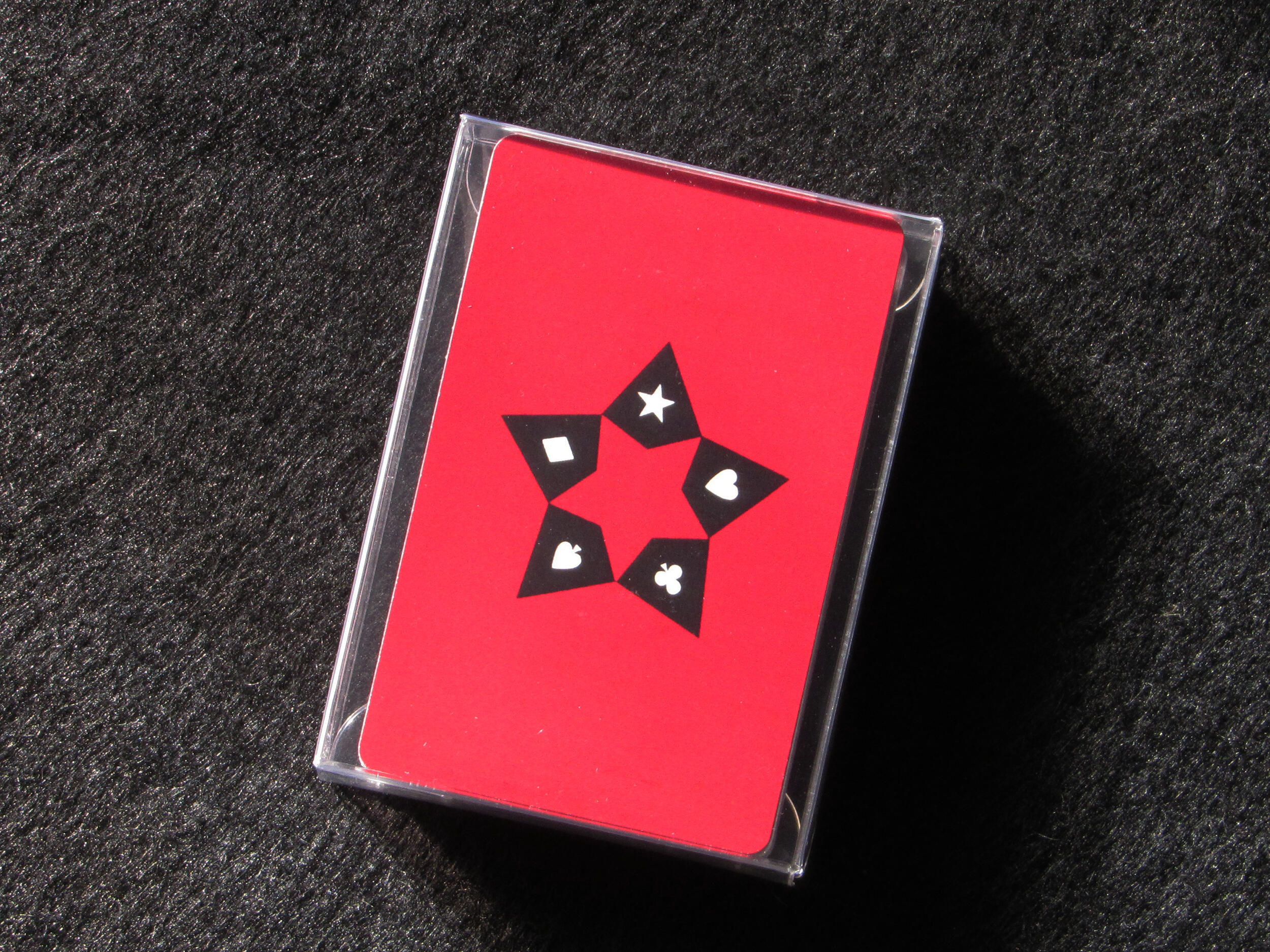
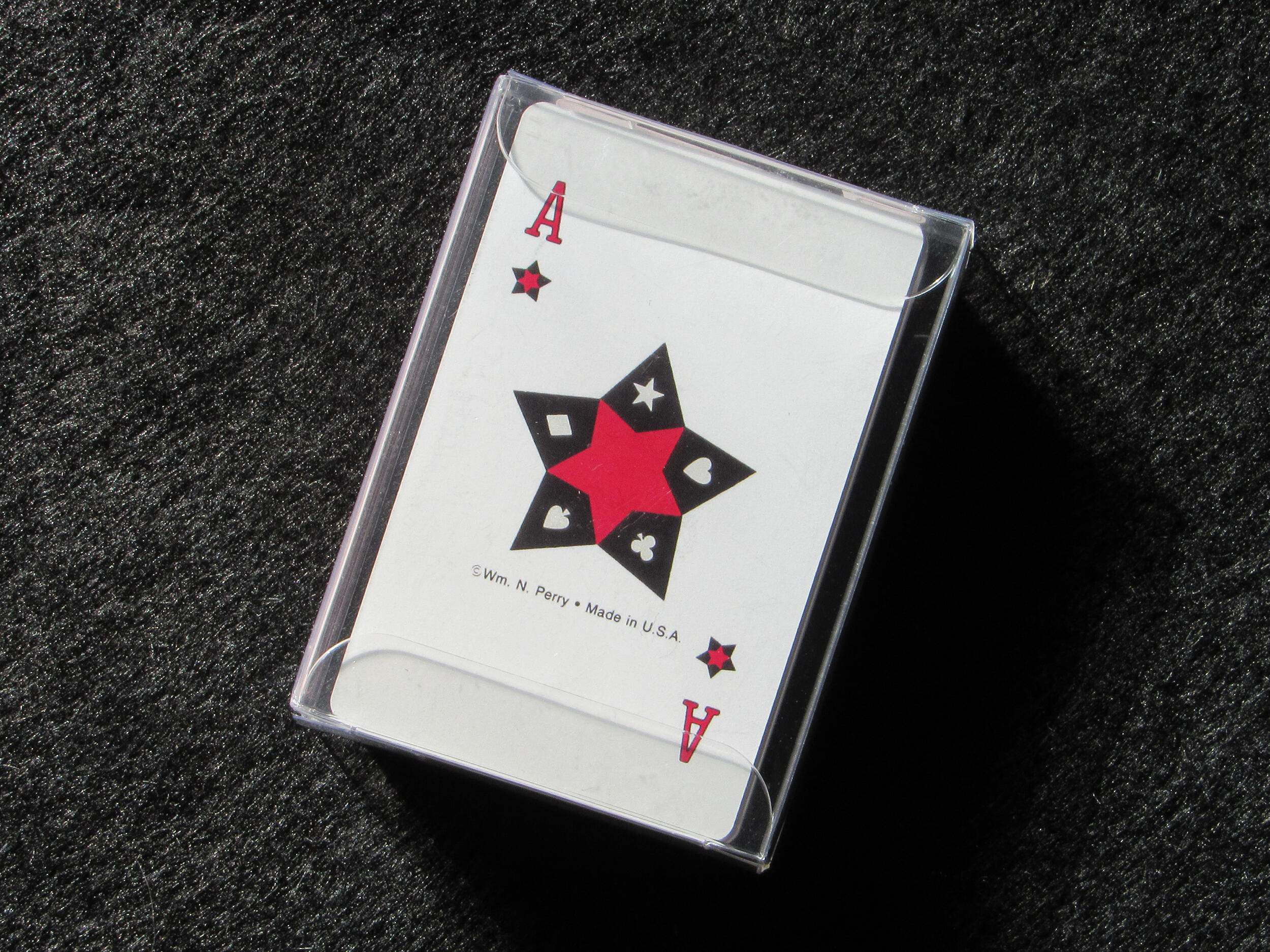
News
The Game Crafter (TGC) occasionally has special promotions in which you can save off the regular price of Stardeck. Stay tuned for future promotions.
History
“…this fifth suit in both games is called by a name that answers to trumps in English” (Baretti, 1768)
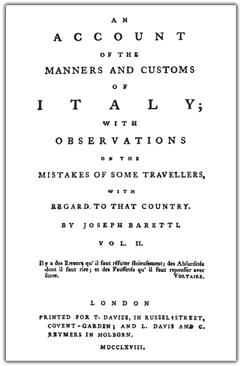
EXTRACT FROM BARETTI’S ACCOUNT OF THE MANNERS AND CUSTOMS OF ITALY
VOL. II. CHAP. XXXIII. P. 217. LONDON 1768. 8°.The man would certainly appear extraordinary, if not ridiculous, who should attempt to appreciate the different degrees of mental power possessed by the chief European nations, when considered as bodies opposed to bodies, and endeavour to form his estimate, either by drawing inferences from those portions of wit that they must necessarily employ when they play at their national games of cards, and from those resources of genius that must have been possessed by those amongst their respective predecessors, who first invented those games.Forbearing therefore to enter into this subtle and odd disquisition, I will only observe, that it is not without reason the English are proud of their whist, the French of their piquet, and the Spaniards of their ombre1, which, as I take it, are the three best games of cards amongst the several that these nations possess. To obtain a victory or to hinder a defeat at any of these games, requires so much quickness and dexterity of mind, that I do not wonder if even men of good parts are flattered when they are praised for this accomplishment.1 It ought to be spelled hombre, which in Spanish signifies a man.Which of these three games required the greater effort in the invention, or demands most skill in the management, I will not take upon me to determine: but I think myself well intitled [sic] to say, that three or four of our Italian games of cards are almost as superior in both respects to whist, to piquet, and to ombre, as chess is superior to polish-drafts. The games I mean, are those which we form out of those cards called Minchiate and Tarrocco’s: the first chiefly in vogue all over Tuscany and the Pope’s dominions; the second in Piedmont and Lombardy. I crave the reader’s indulgence for endeavouring to give him some idea of both these games, just to make him sensible, that the Italians, who have often appeared great in the arts considered by mankind as great, are likewise great in those that mankind will regard as little.Both the minchiate and the tarrocco’s consist of five suits instead of four, as common cards do. Four of those five suits answer exactly to the four common cards, with only the addition of one card to the three that are figured in each suit; so that, instead of king, queen, and knave, we have king, queen, horseman, and knave, both in the minchiate and the tarrocco’s. As to the fifth suit, it consists of forty-one cards in the minchiate, and of twenty-two in the tarrocco’s; and this fifth suit in both games is called by a name that answers to trumps in English. Both games may be played by only two, or only three people in several ways; but the most ingenious as well as the most in use, are two or three games that are played by four people; and more especially one against three, much after the ruling principle of ombre, and another played two against two, not unlike whist.By this account the reader will soon comprehend, that each of these games must necessarily be much superior to whist and ombre, because of the greater number of combinations produced either by the ninety-seven cards of the minchiate, or by the seventy-eight of tarrocco; which combinations cannot but give a larger scope to the imagination of the player than the lesser number arising from the forty of ombre, or the fifty-two of whist, and oblige him to exert his memory and judgment much more than either at whist, ombre, or piquet.I have heard strangers, unable to comprehend these our games, object both to the tarrocco’s and the minchiate, that they cannot be so diverting as the three mentioned, because they produce so many combinations as must prove too fatiguing. But if this argument carries conviction, we must course conclude, that chess is less delightful than loo, because it forces the mind to a greater recollection of its powers than loo. This reasoning is certainly just with regard to little and sluggish minds; but will not hold with respect to those that are lively and comprehensive. However, those Italians, whose minds are much too contracted and disproportioned to the tarrocco’s and the minchiate, or those who do not chuse [sic] to exert their talents too much, have still the means of diverting themselves with several other games at cards that require no greater compass of imagination, memory, and understanding, than whist, piquet, and ombre: and other still, that are upon a pretty equal footing with humble loo itself.Let me add an observation more upon this subject. Many strangers are surprised that the Italians learn their games easily, and in a very little time play at them with as much skill as the best players among themselves. Hence, they infer kindly, that Italy abounds in gamblers more than their own respective countries. But is this inference very logical? I apprehend they would say better, if they would be pleased to say, that the Italians, accustomed to more complicated games, can easily descend to play those, which, comparatively speaking, require less wit and less attention.N. B. I have not wrote this short chapter for the perusal of those who make it a point to contemn all frivolous amusements, and look upon themselves with a great reverence because they always detested gaming. I intend it only for those connoisseurs in ingenuity, who know that cards have not only the power of rescuing the ordinary part of mankind from the torpid encroachments of dulness [sic], but of affording also an efficacious refreshment even to the thinker, after a long run of deep meditation.Singer, Samuel Weller, and Robert Triphook. “Appendix No. 9.” Researches into the History of Playing Cards and Printing. London: Robert Triphook, 1816. Print.







































































































































